It happened to me a thousand times to be sitting at a restaurant table somewhere in the world and to order a bottle of mineral water.
Soon after my request I would see a diligent waiter reaching my seat carrying a tray with a bottle of S. Pellegrino on top
The “S. Pellegrino” mineral water is such a trademark that the brand has become the name of the product itself as it occurs to many items we use every day.
Casa Chiesi wanted to see where this company, founded in 1899, that today has a turnover of 900 million euros and exports in 153 countries (including Russia and China) was located.
We drove up to the Brembana Valley (in the province of Bergamo, Lombardy) to discover the site where the famous mineral water comes from and dig a little into the thermal center history linked to it.
The existence of the S. Pellegrino source is known from the Middle Ages: it is also documented that Leonardo Da Vinci, on the journey between 1482 and 1512 in Val Brembana, conducted a study on Lombard waterways on behalf of Ludovico the Moro and he designed a map of the whole valley.
The fame of the spring was attracting members of the aristocracy from all over Europe already between the 18th and 19th century and the landowner adjacent to the source, Pellegrino Foppoli, in 1760 decided to build a pay-per-view facility equipped with seats and wooden tubs to enjoy the water, giving rise to what would evolve into the thermal system in the 19th century.
A Milanese lawyer, Cesare Mazzoni, at the end of the 19th century understood the potential of the area and in 1899 founded the Anonymous Society of San Pellegrino’s Baths, which would later become simply S. Pellegrino.
Between 1901 and 1906, the company wanted to consolidate the image of the beneficial and curative water and builds the new spa, the Grand Hotel, and the Casino, transforming a mere mountain town into an exclusive high-class center while the bottled water in the nearby plant was distributed far beyond the European cities.
In 1904, on the left bank of the river Brembo the Grand Hotel was inaugurated, with elevator and telephones in all rooms, and a wooden bridge (now Umberto bridge) to connect the new hotel to the treatment facilities; in 1906 the railway arrived in San Pellegrino and in 1907 the Casino was opened equipped with gambling halls and a theater, which became the main source of attraction for tourists.
Meanwhile, luxury hotels, cafè chantants, and party parlors started to multiply. The town became the ideal place for diplomatic, business, sentimental meetings and amusing holidays.
San Pellegrino turned into a cosmopolitan city where Pietro Mascagni, Baron Rothschild of Vienna, the Borghese and Gonzaga princes, Count Dal Verme and Melzi D’Eril, the Queen Margherita of Savoia used to spend time here, just to name a few.
It was a fairy-tale world, populated by Queens and Princesses, ministers and diplomats, personalities of finance, army, art, and culture, from Rome, Paris, Vienna, Berlin, Petersburg, London and Cairo.
These were the years of the Belle Époque, wiped out by the outbreak of the First World War but in those ten years of full activity, the Gran Kursaal (this used to be the original German name of the gambling structure) played its part.
The imposing facade, decorated with artificial stone high reliefs, allegorical groups, masks, anthropomorphic elements, human busts, putti, floral motifs shows all the typical Art Nouveau desire of breaking the rules and enjoy the freedom of invention and the sensuousness of forms.
Outside and inside the Casino, there is wrought iron decorations, statues, and chandeliers that continually change texture, colors, and design. Hyperbolic inventions by a Milanese craftsman (Alessandro Mazzucotelli) who had collaborated with great architects of the time and that is the authors of the famous Liberty access to the old Parisian metropolitan stations. (By the way, he was the grandfather of one of my schoolmates in the art school!)
And if this was not enough you could encounter wooden coffered ceilings, floors decorated with delicate floral motifs, high reliefs and stained glass windows, frescoes and wall decorations
The decoration of the rooms had no limit to the imagination, all the decorative elements seem to exist for themselves, with the unique purpose of creating a grand and surprising ambiance within which guests could forget commitments and sorrows devoting exclusively to the pleasures.
The casino was, in fact, a kind of artificial paradise in which high society men could find alcohol and drugs (opium was considered a perfectly legitimate substance), young women to enjoy in private rooms while squandering entire fortunes. Women were allowed to access only the “innocuous” areas of the casino, those considered socially suitable for the female audience, while men had access to a whole world of lustrous perdition.
There were totally no pendants and clocks in the casino and the big windows were always obscured by heavy red velvet curtains in order to eliminate any temporal reference and let the guests completely lose their sense of time.
Of course, despite a large part of the population was very enthusiastic about the city plan revolution that would bring wealth to the inhabitants (the casino was built in 20 months, using only local workers on a 24-hour program), there were protest and dissatisfaction.
This is demonstrated by the fact that the main church of the town was moved away from the center, which in Italy is an absolute rarity, just to underline the complete disagreement of the most conservative part of the population against the new libertine atmosphere.
We are talking about a very short and extraordinary period of time in which European cities have been shaken by the momentum in which creativity and technology have touched the pinnacle of development. A moment of economic and cultural euphoria, an era that has been spanned by all possible artistic and cultural variants, from the universal exhibitions to concerts, from the success of department stores to baths in the sea and car racing, a moment before the continent collapsed into an epochal tragedy.
That is why the short story of the San Pellegrino Casino, built in a blink of an eye with materials that just imitate the splendor, in order to be erected in record time but actually lived intensely for only a handful of years, is an accurate representation of the Belle Epoque and its crazy, euphoric confidence in the future.
Betti
[socialWarfare]

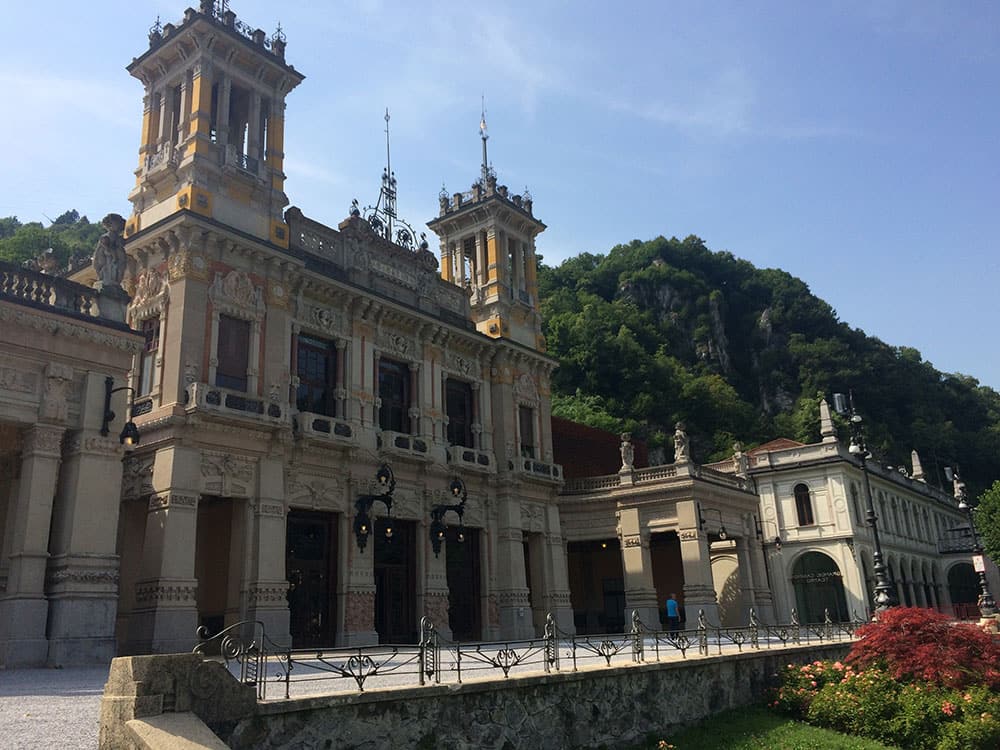
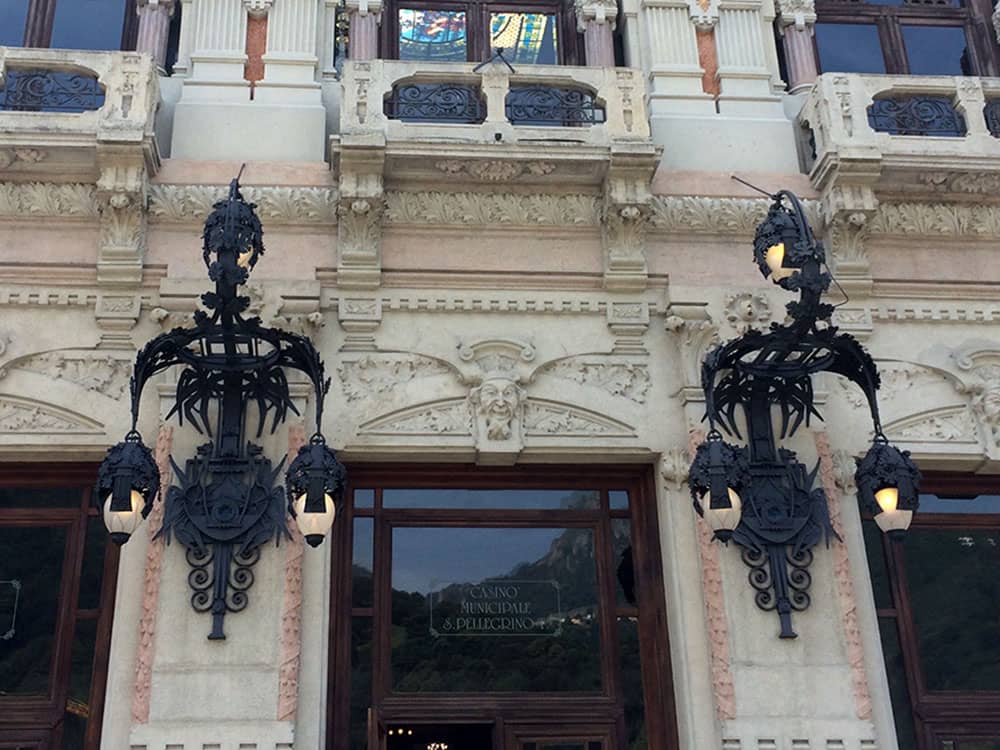
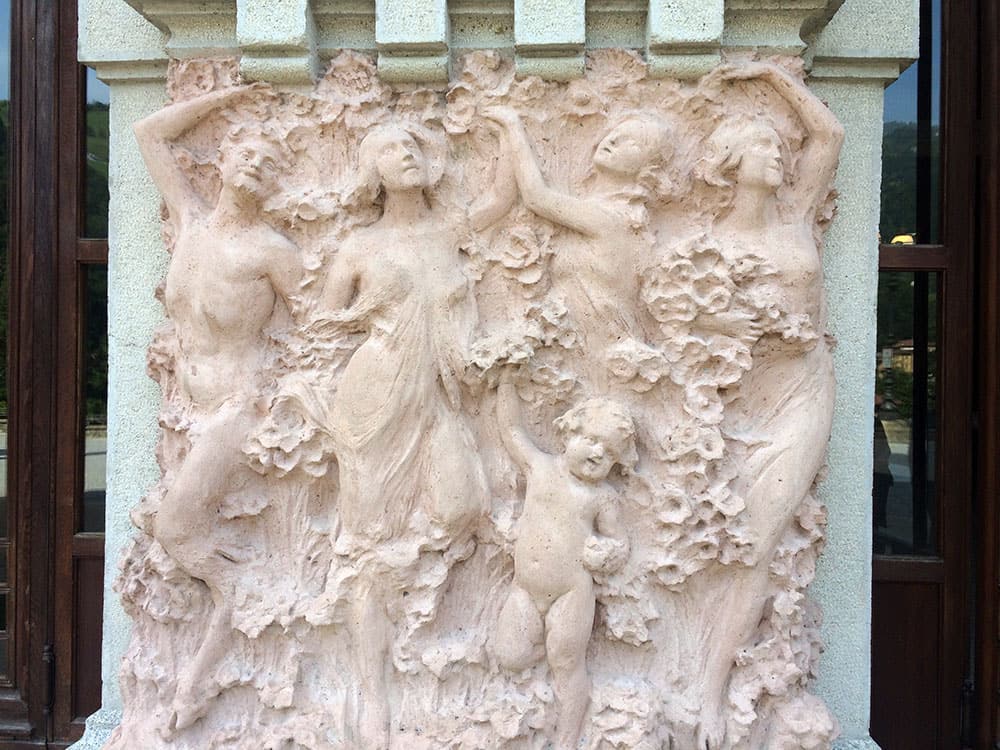
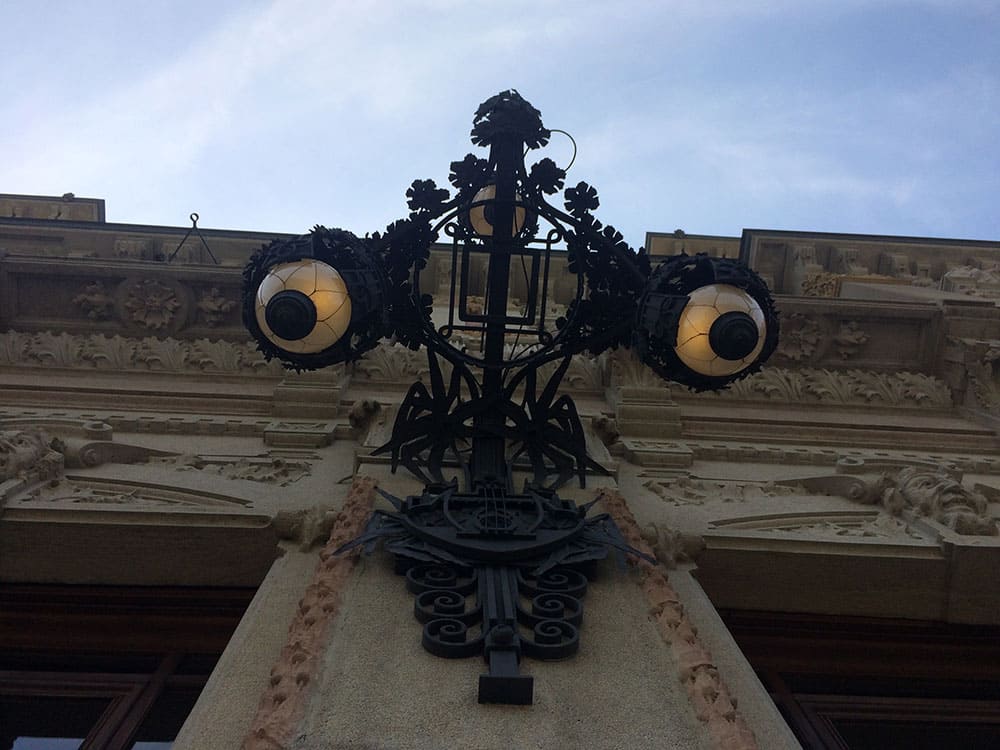
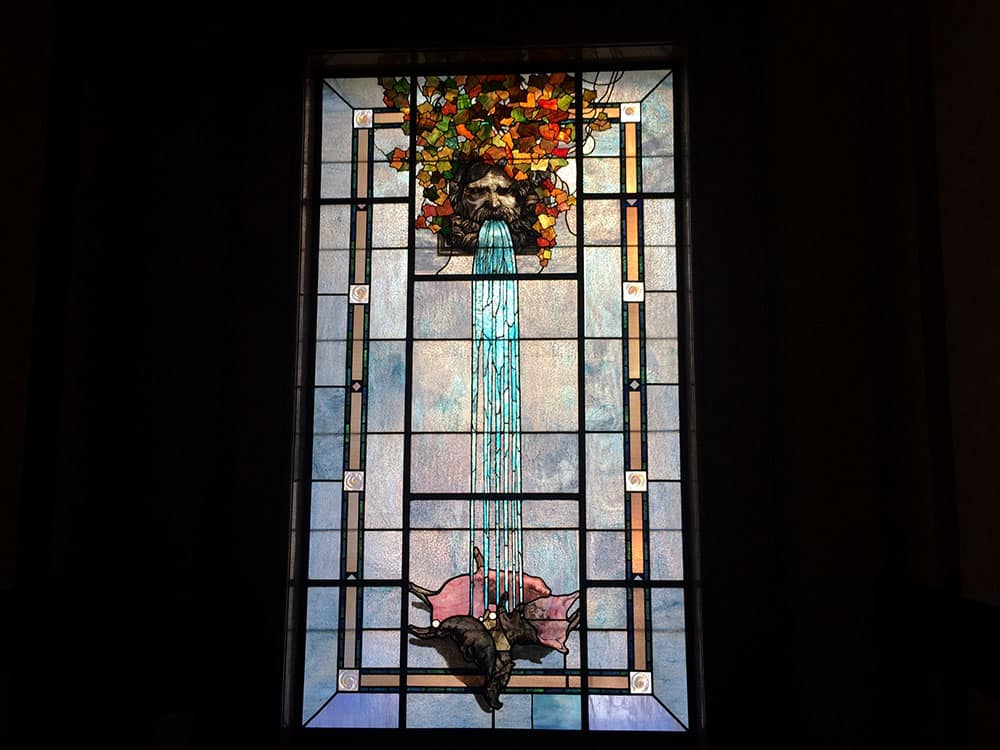
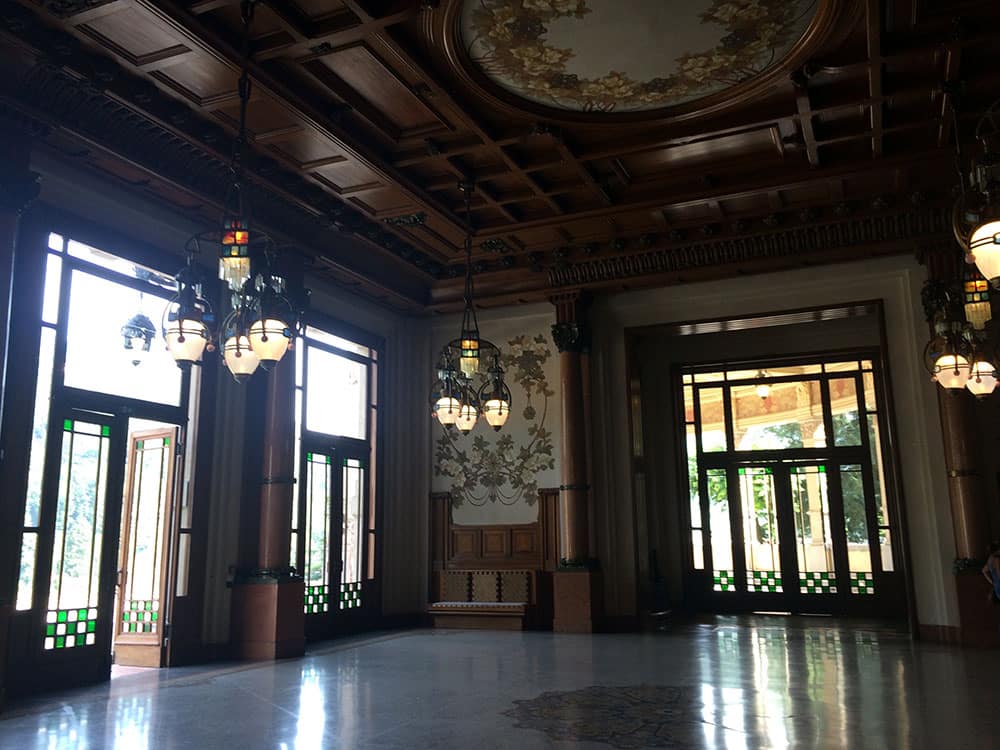
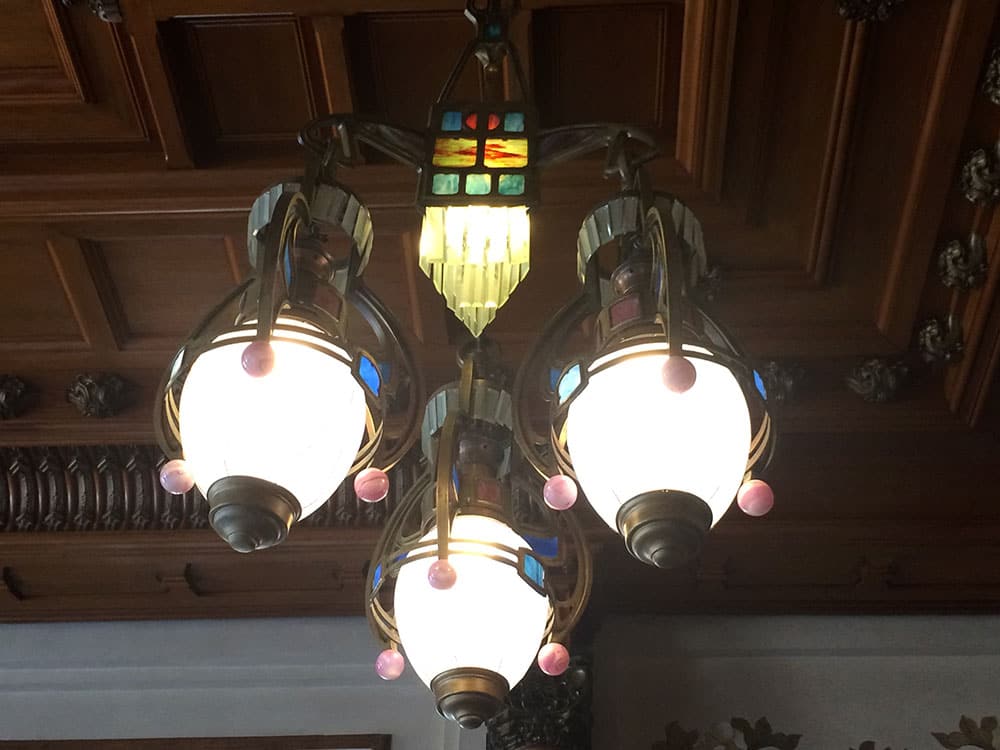
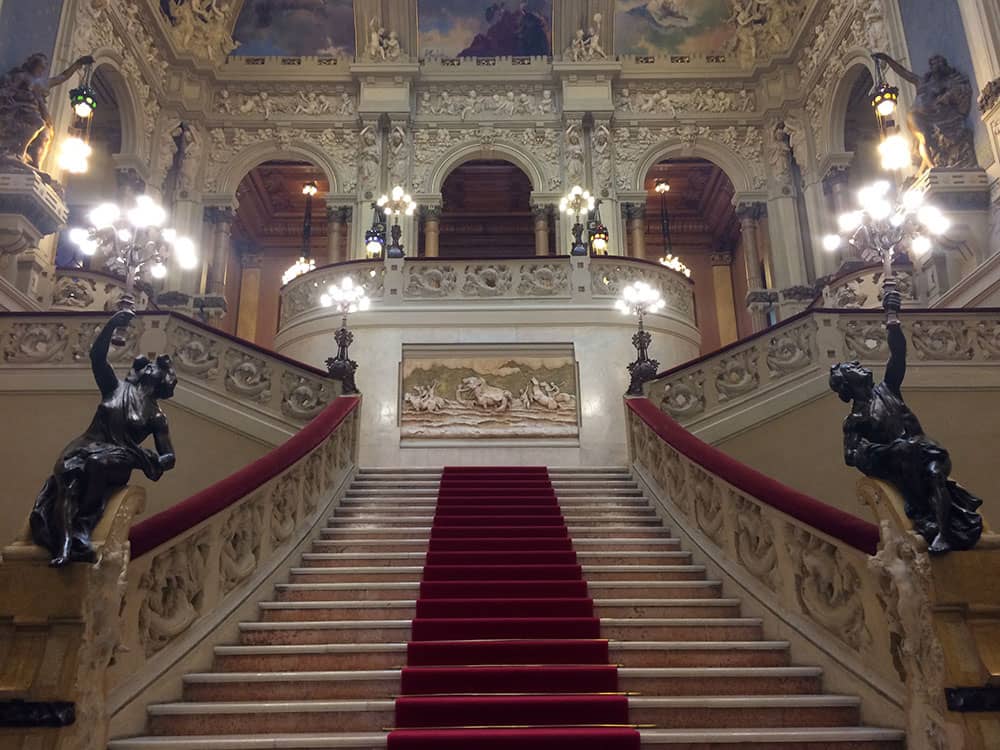
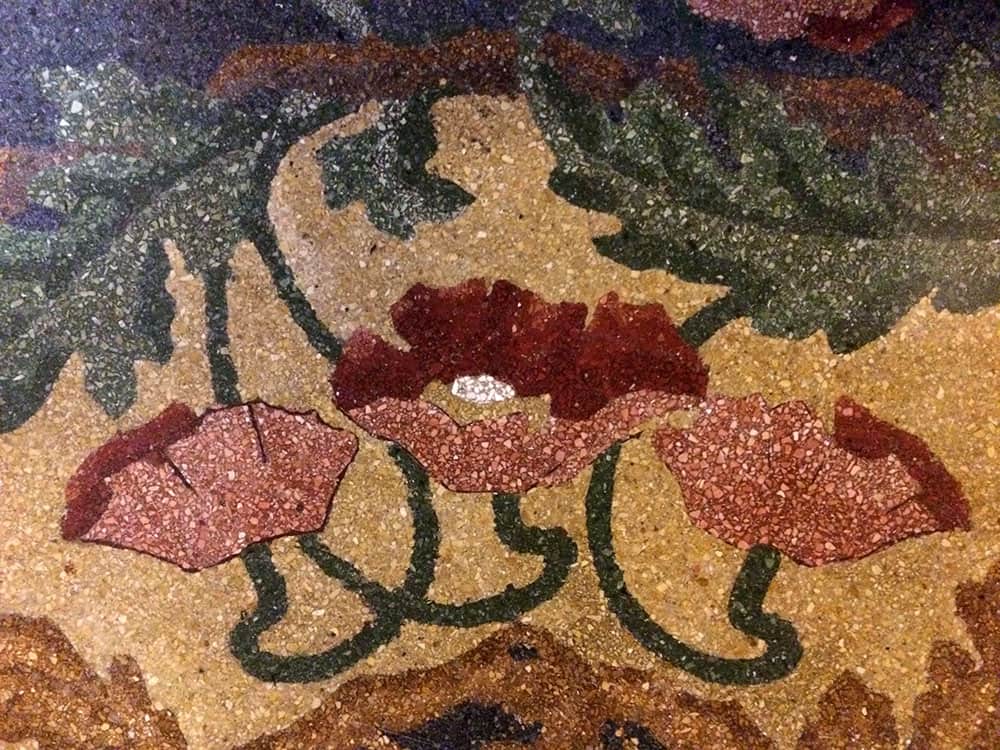
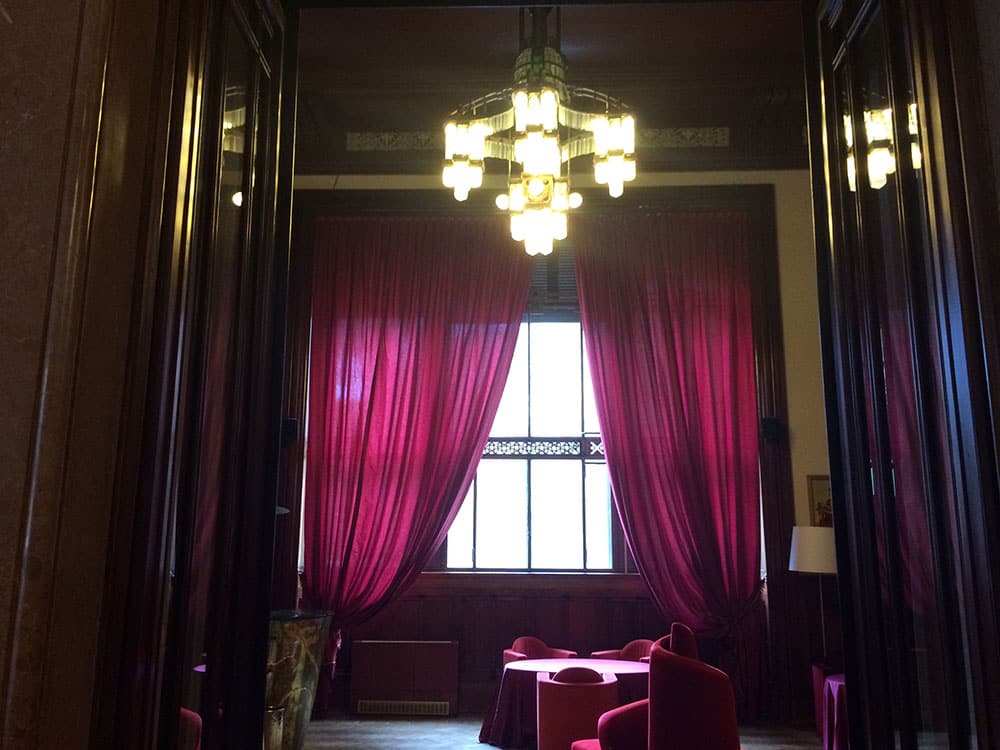
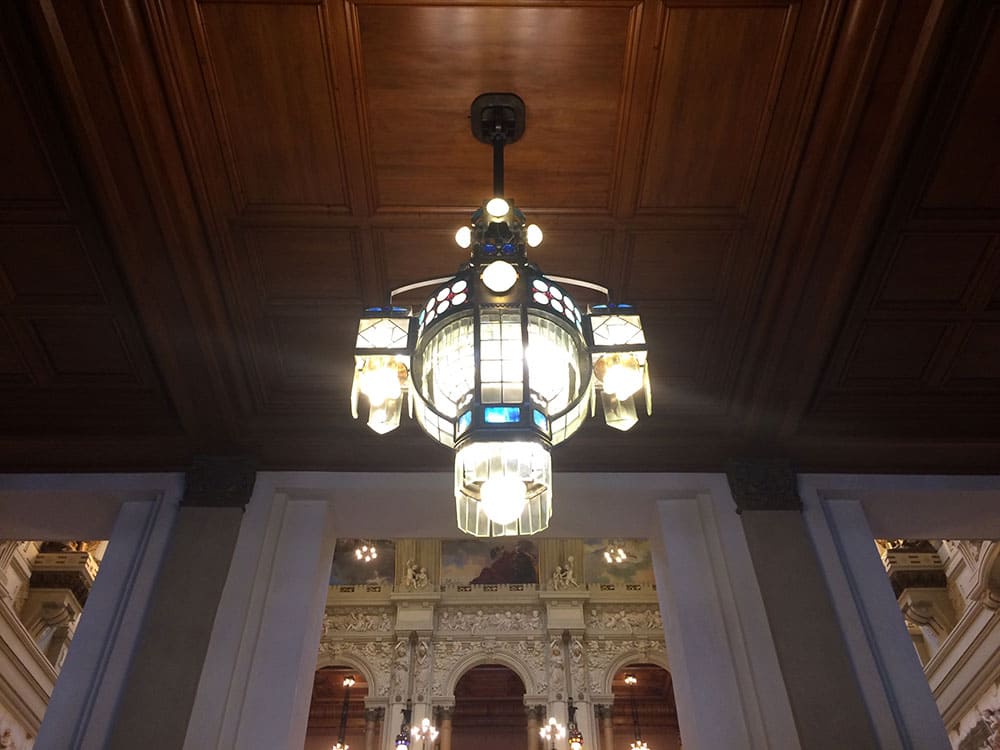
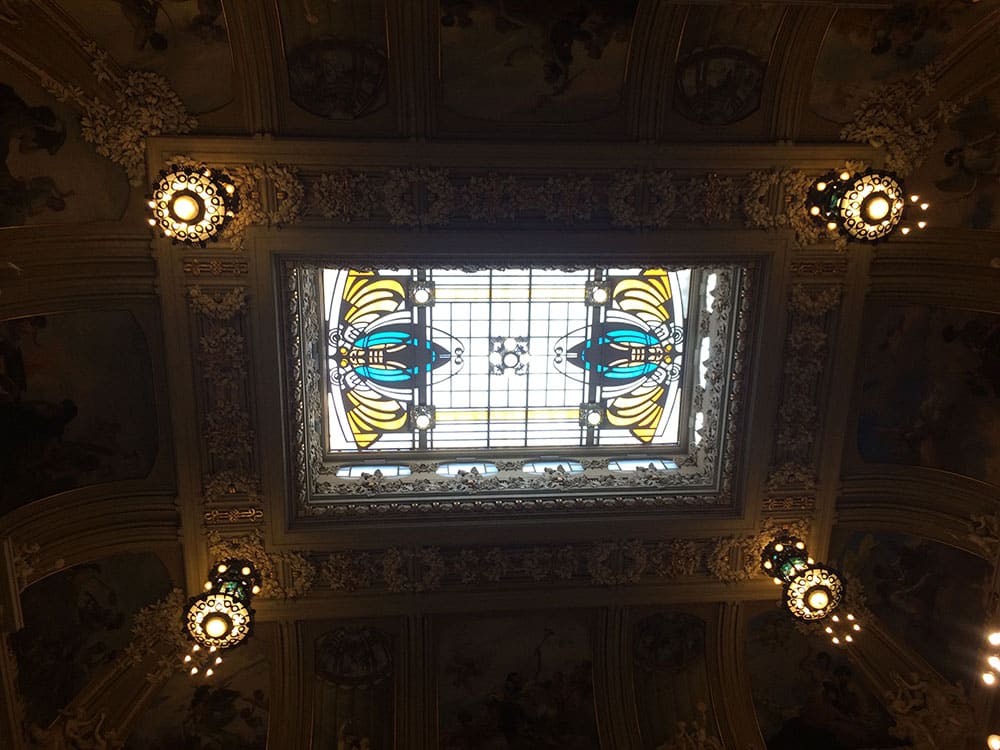
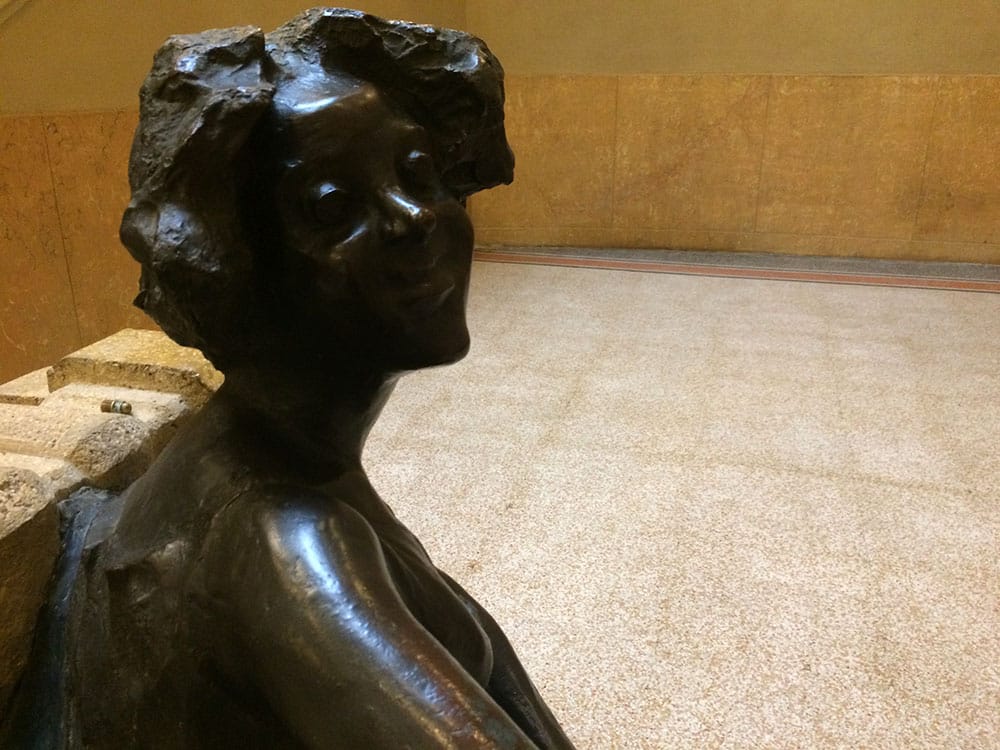
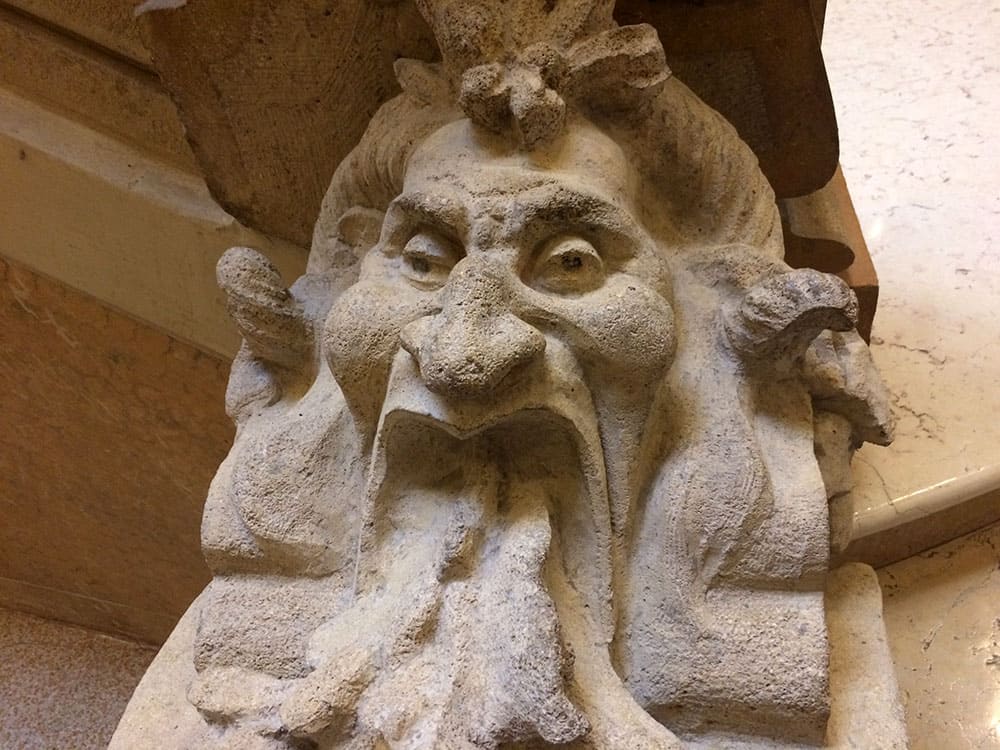
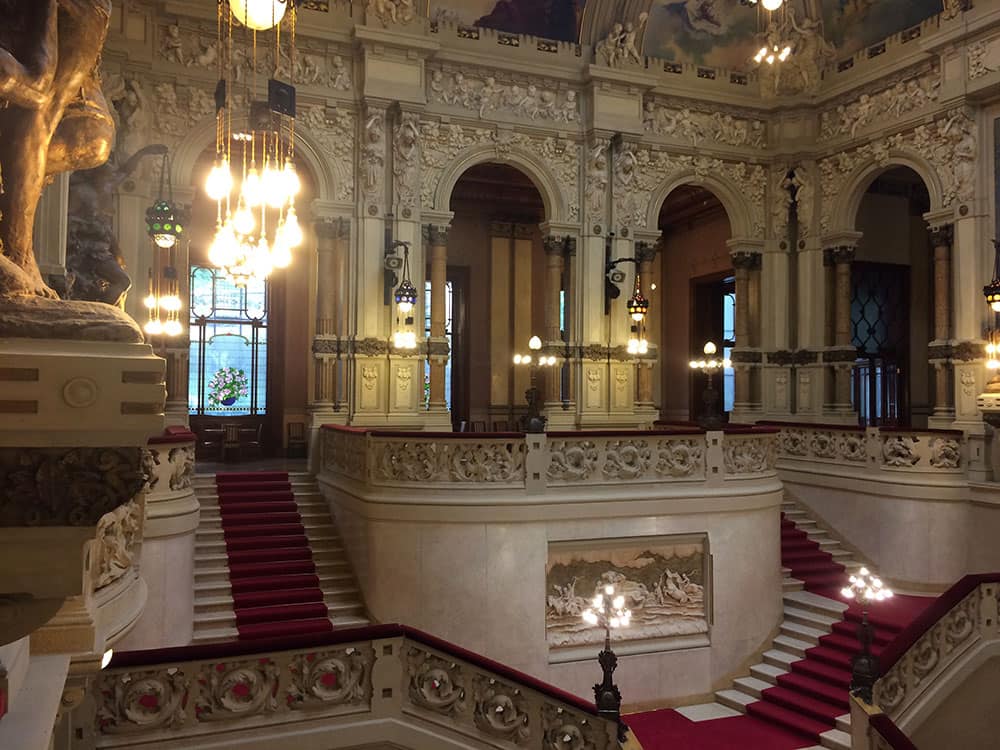
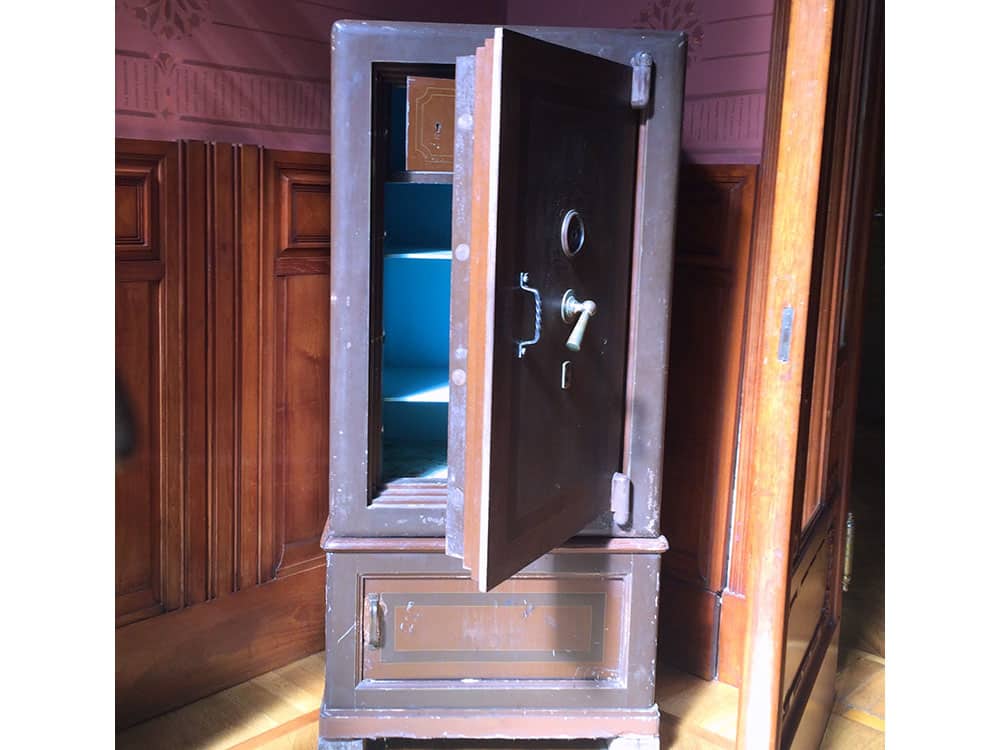
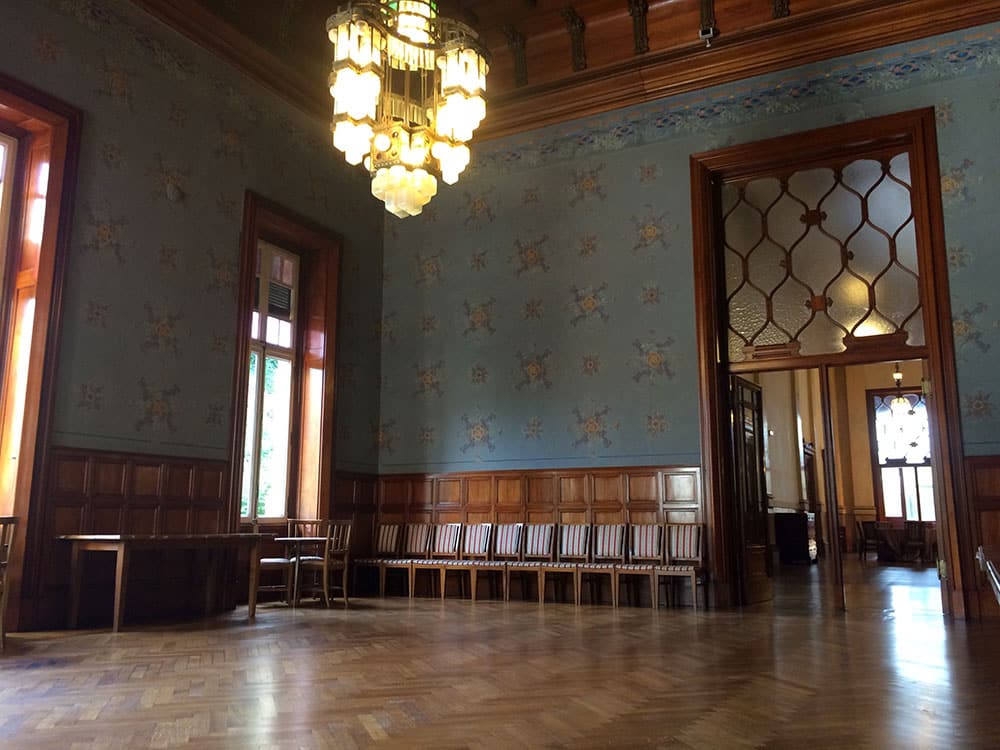
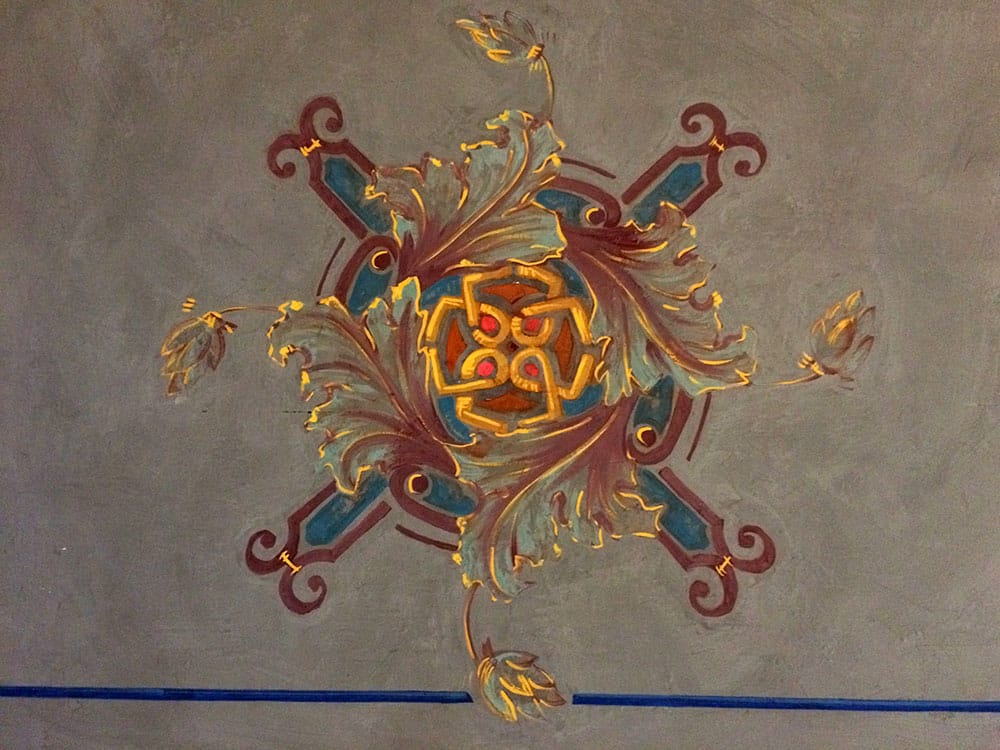
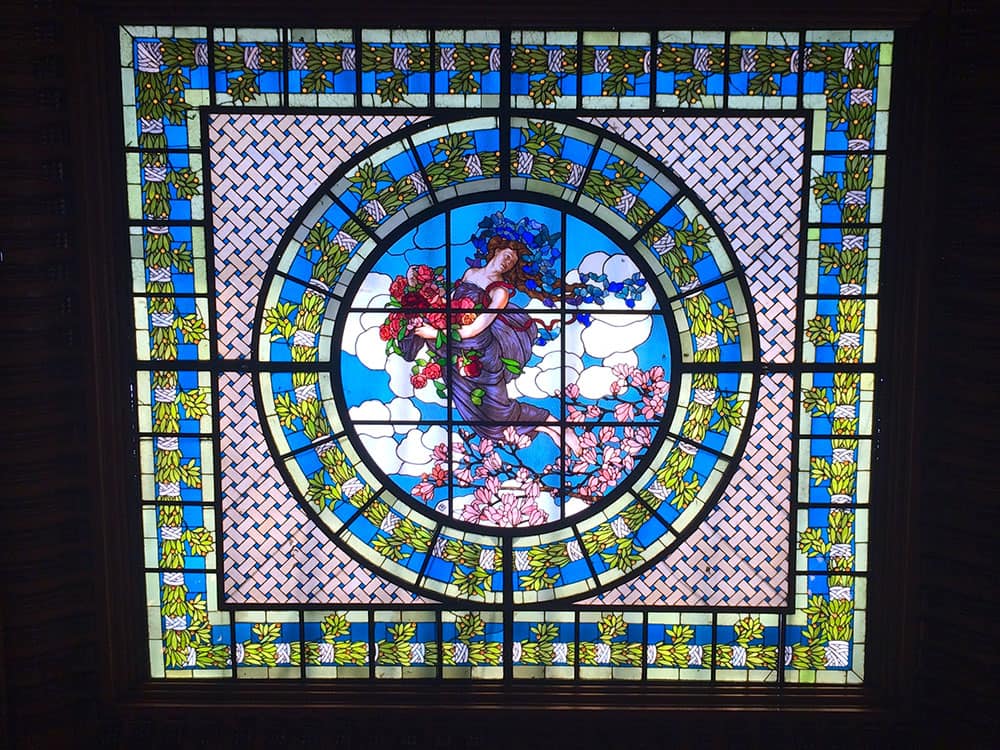
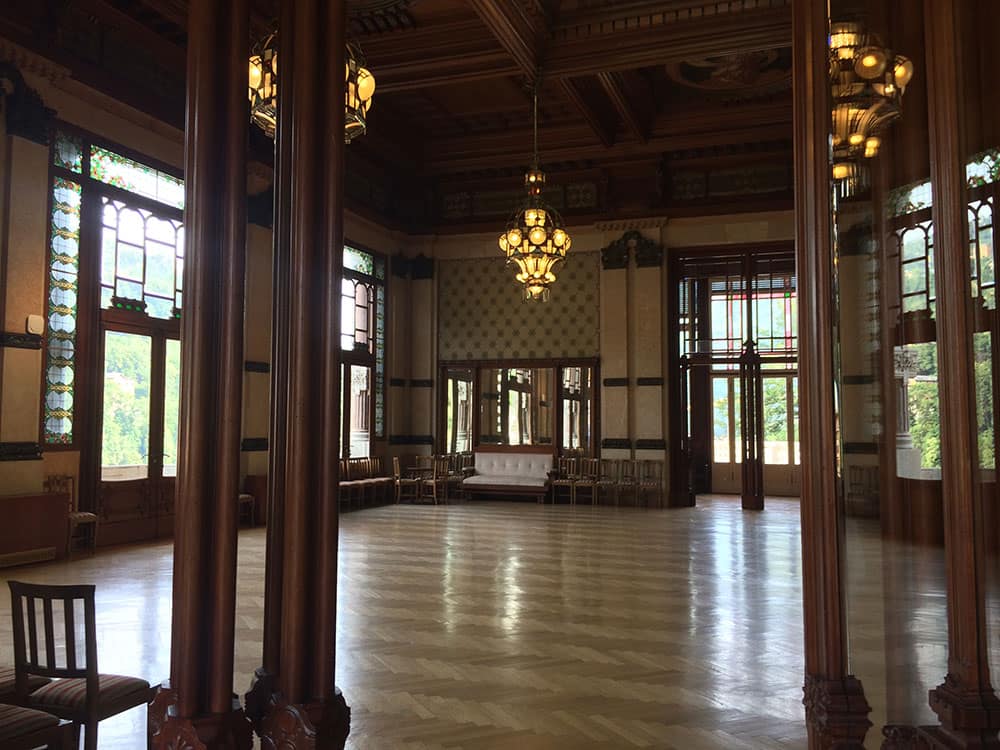
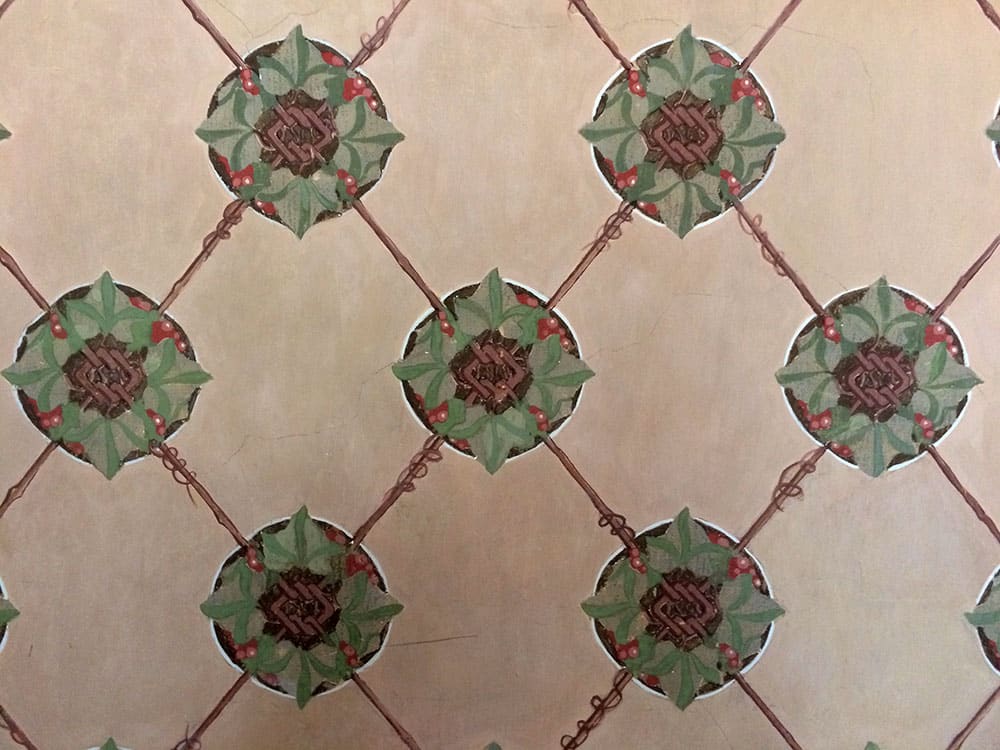
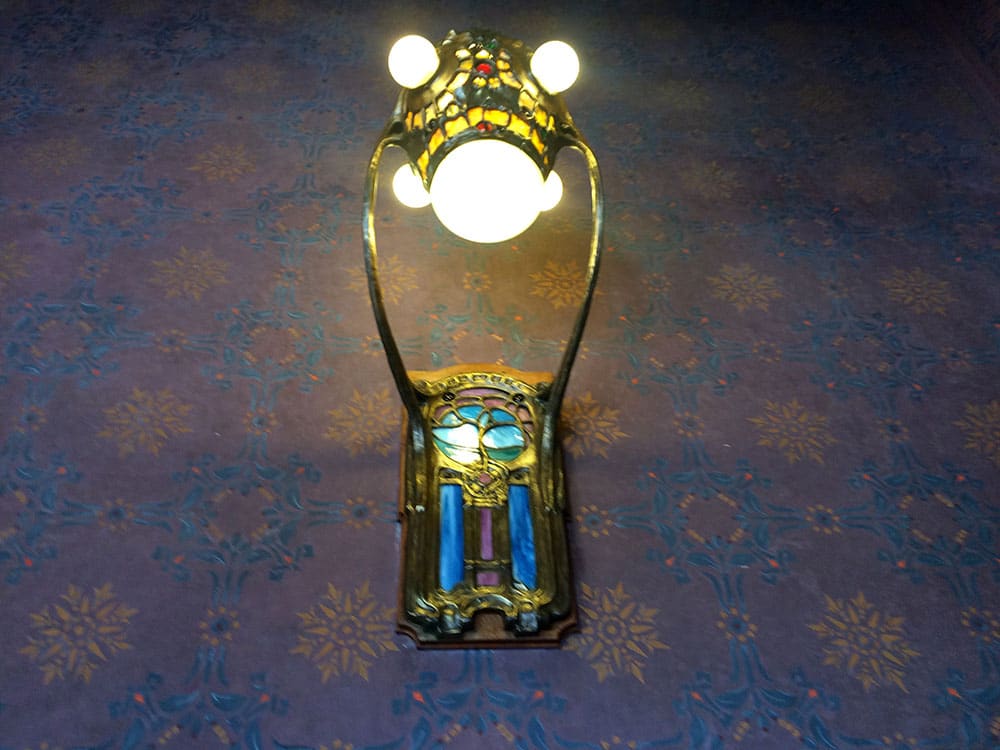
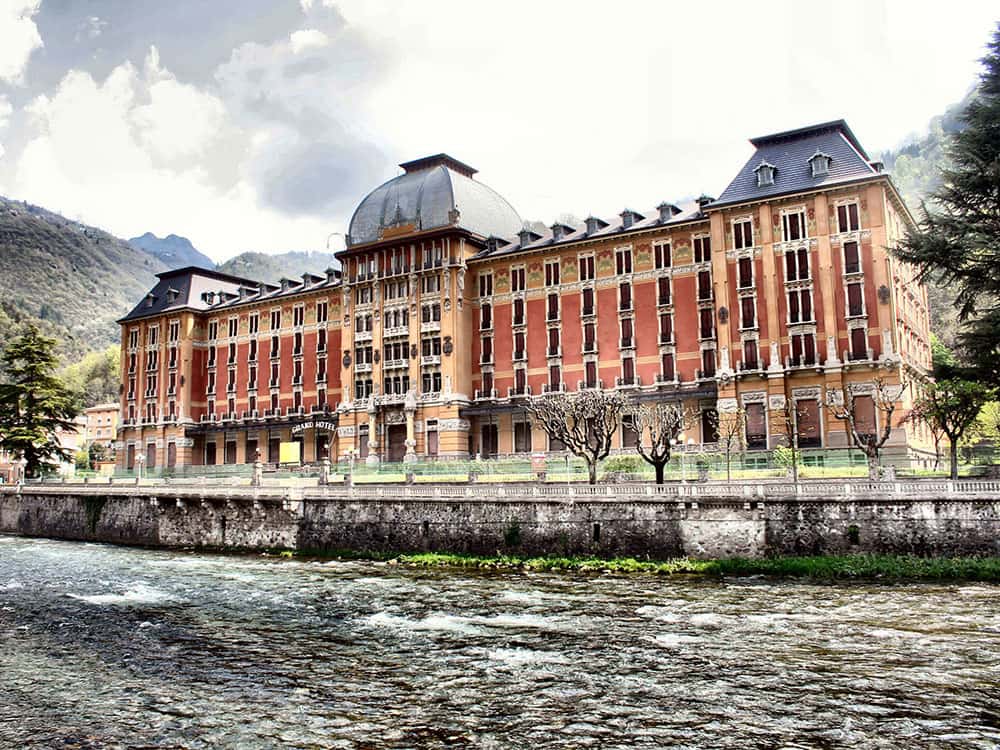
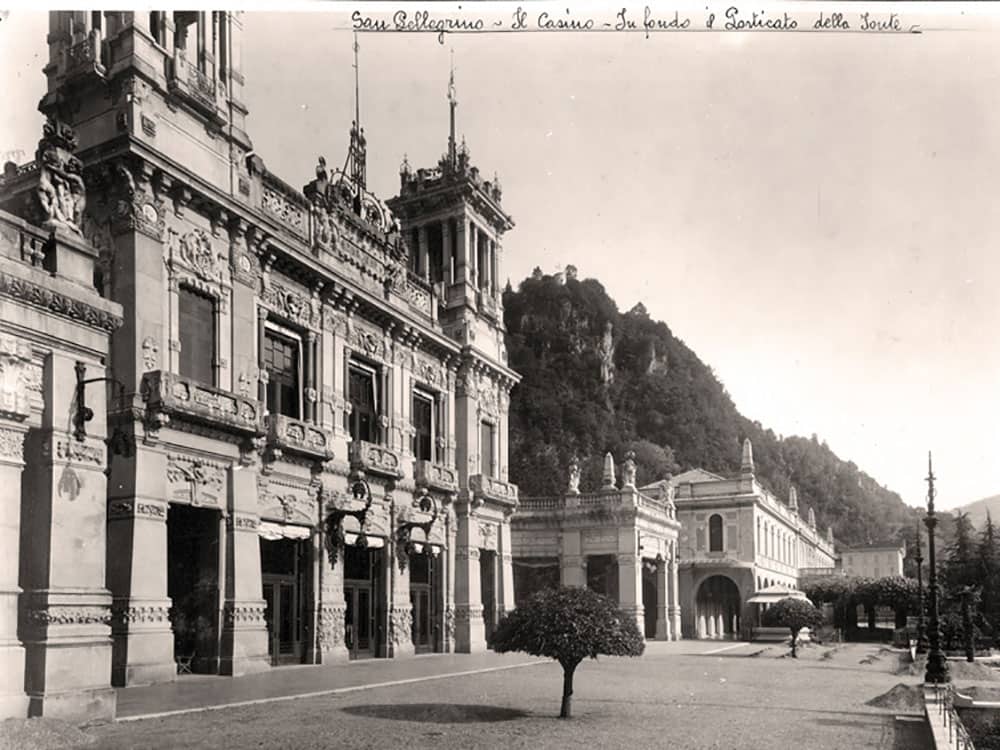
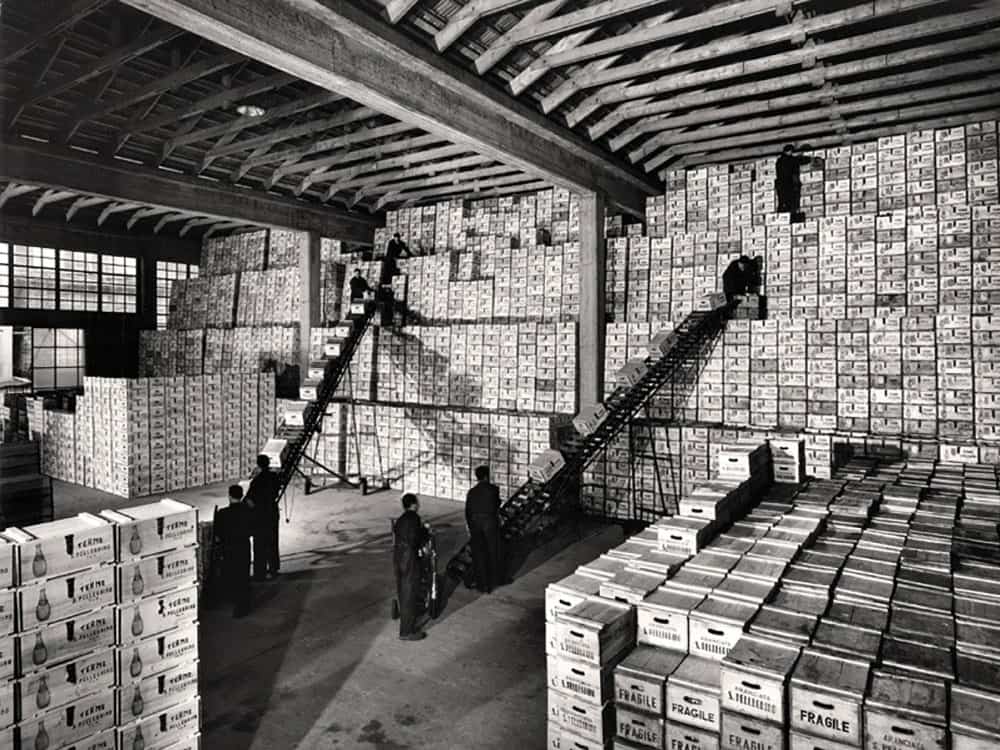
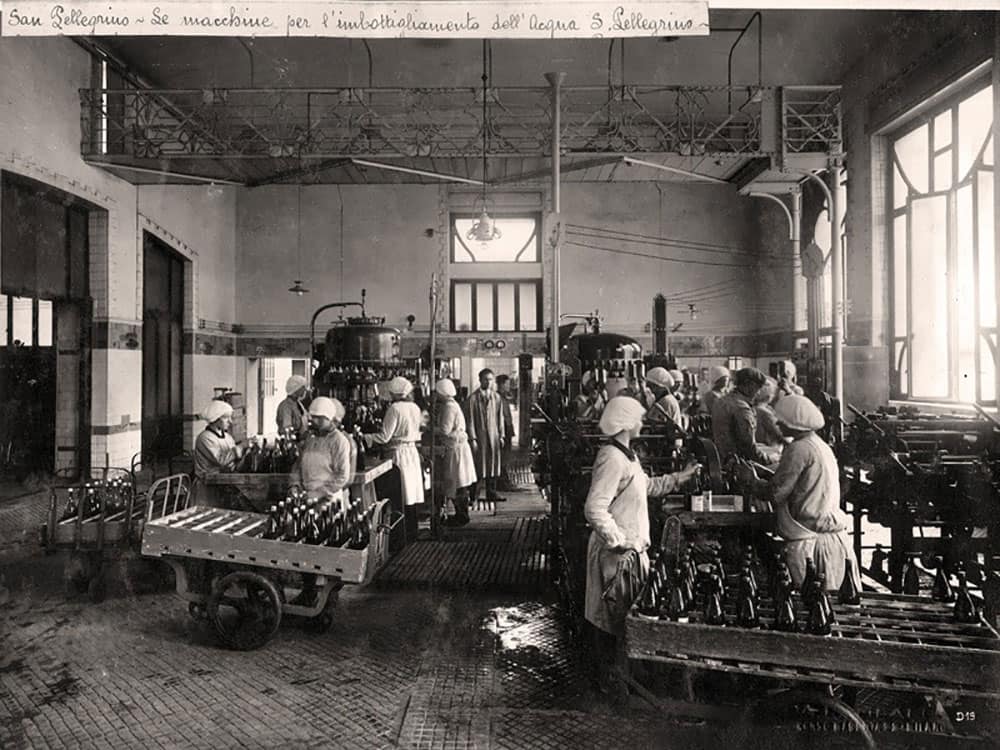
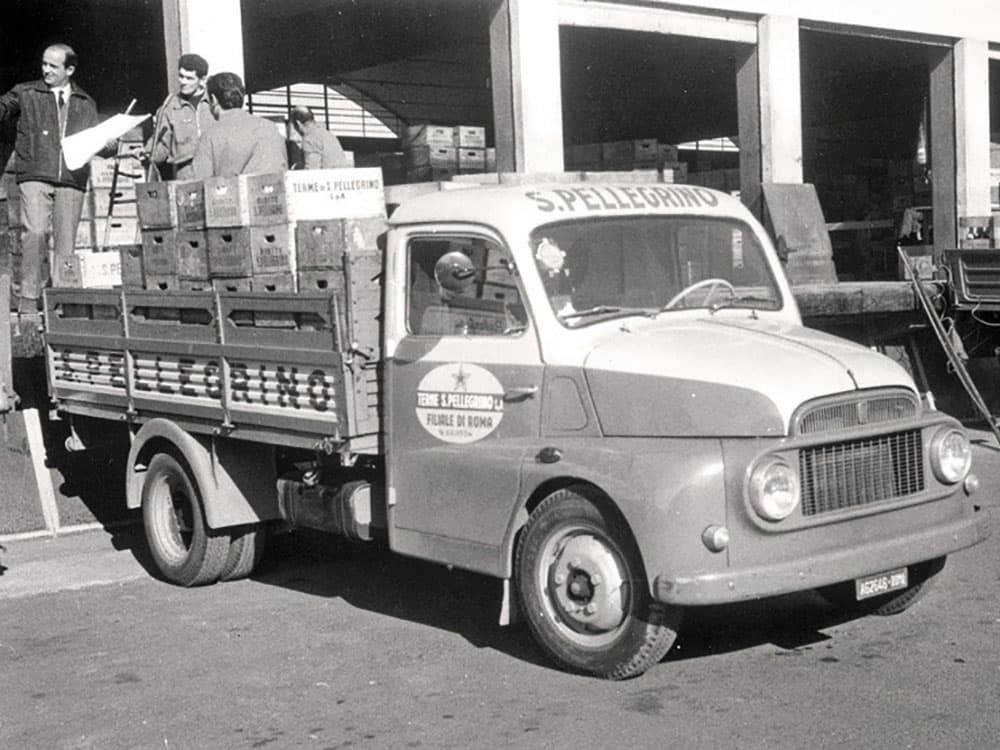
2 Comments
Alice
October 21, 2020Dear Betti,
Thank you for your post on San Pellegrino terme, it is very informative and well documented.
I was there over the summer and was so impressed by the beauty of the place. I was wondering if you happen to know who designed the liberty chandeliers that were in the casino? They were so beautiful!
Kind regards,
Alice from France
casachiesi
January 23, 2021Dear Alice,
Sorry for the late response but with this whole Covid situation it’s been crazy. The Chandeliers were design by Alessandro Mazzucotelli (https://it.wikipedia.org/wiki/Alessandro_Mazzucotelli) who is the same person that did the famous Paris Metro Art Nouveau entrances.